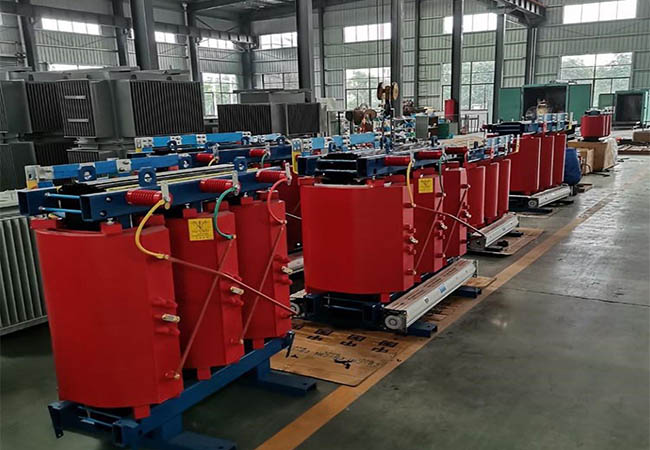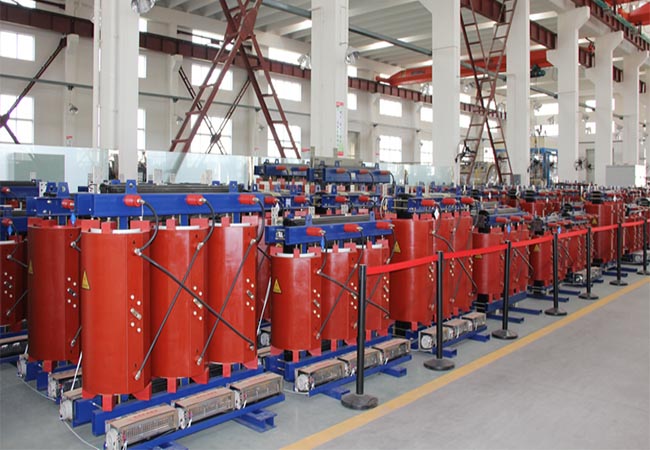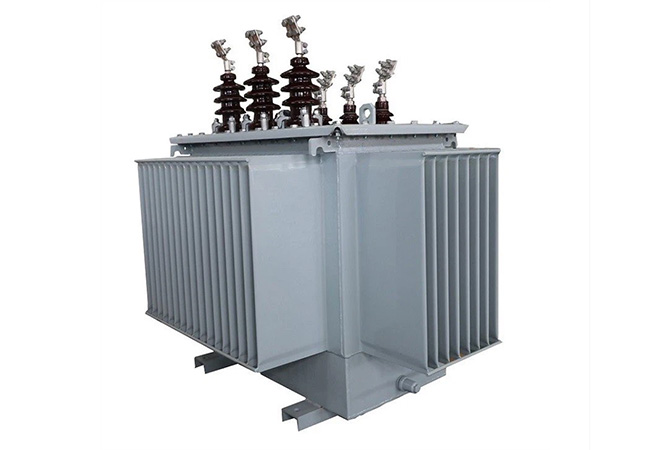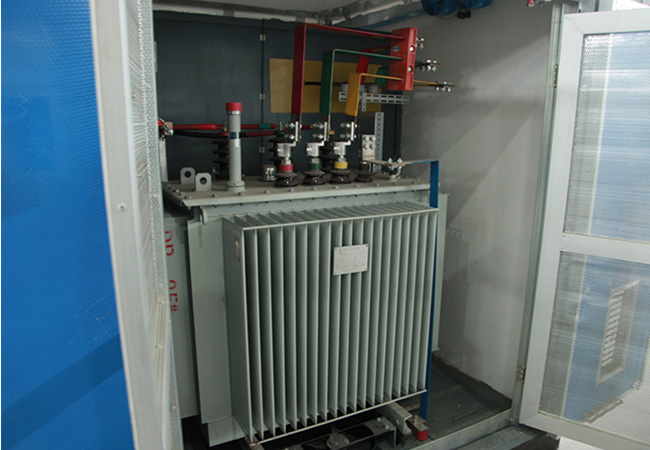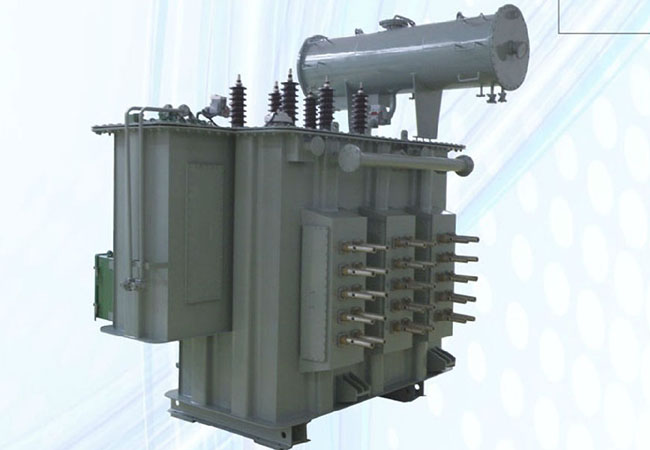Dry-type transformers are used in power transmission and distribution systems
06-27 2025 | By:
Dry-Type Epoxy Resin Transformers in Power Transmission and Distribution Systems
Dry-type epoxy resin transformers have become a cornerstone in modern power systems due to their environmental safety, durability, and adaptability. This article explores their applications, specifications, advantages, and real-world cases.
1. Typical Application Scenarios
Dry-type epoxy resin transformers are widely used in environments requiring high safety and reliability:
- Commercial and Industrial Facilities: Hospitals, data centers, and factories prioritize fire safety and minimal maintenance
- Renewable Energy Integration: Solar and wind power plants utilize these transformers for grid connection due to their resistance to temperature fluctuations and pollution
- Urban Power Distribution: Ideal for densely populated areas or indoor substations where oil-filled transformers pose fire risks
2. Common Specifications and Parameters
The table below summarizes key specifications of dry-type epoxy resin transformers:
| Model | Capacity Range | Voltage Level (kV) | Insulation Class | Cooling Method | Protection Class |
|---|---|---|---|---|---|
| SCB11 | 100–2500 kVA | 11/0.4, 33/0.4 | F (155°C) | AN (Natural Air Cooling) | IP20 |
| SCB13 | 315–5000 kVA | 11–33 | H (180°C) | AF (Forced Air Cooling) | IP23 |
| SCBH15 | 630–10,000 kVA | 33–66 | H (180°C) | AN/AF Hybrid | IP45 |
Notes:
- Cooling Methods: Natural air cooling (AN) suffices for standard loads, while forced air cooling (AF) enhances capacity by 50% during peak demand
- Protection Classes: IP20 guards against dust; IP23 adds weather resistance for outdoor use
3. Key Advantages
- Environmental Safety: No oil leakage risks, reducing CO₂ emissions by ~5,000 tons/year in large-scale deployments
- Fire Resistance: Epoxy resin encapsulation eliminates flammable materials, critical for indoor installations
- Low Maintenance: Resistant to moisture and dust, reducing lifecycle costs by 30% compared to oil-filled units
- Adaptability: Operates efficiently in temperatures from -25°C to 40°C, suitable for harsh environments
4. Case Studies
- Urban Substation Upgrade: A Chinese power company replaced oil-filled transformers with SCB13 models (33 kV, IP23), achieving a 30% efficiency boost and 50% fewer outages annually
- Offshore Wind Farm: SCBH15 transformers (66 kV, IP45) ensured stable grid integration for a 500 MW project, withstanding salt spray and humidity
- Data Center Expansion: A Tier-4 facility adopted SCB11 units (11 kV, IP20), saving 500,000 kWh/year and meeting stringent fire safety standards
Conclusion
Dry-type epoxy resin transformers offer a sustainable, safe, and efficient solution for modern power systems. Their versatility in specifications—from compact SCB11 units for urban grids to robust SCBH15 models for renewable projects—makes them indispensable in achieving carbon neutrality and grid resilience.
You may also find these interesting:
